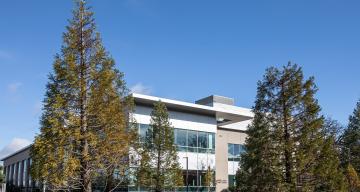
View of SLAC's Arrillaga Science Center.
Jacqueline Orrell/SLAC National Accelerator Laboratory
Facilities
Stanford-SLAC CryoEM Center (S2C2)
The Stanford-SLAC CryoEM Center (S2C2) provides access to state-of-the-art cryoEM instruments for data collection towards atomic resolution structure determination of biochemically purified single particles and enables scientists across the nation to become independent cryoEM investigators. The S2C2 is supported by the National Institutes of Health Common Fund Transformative High Resolution Cryo-Electron Microscopy program.
Project applications for S2C2 are due on the first day of each month and are generally reviewed within the same month. See User Access for more information.

Stanford-SLAC CryoET Specimen Preparation Center (SCSC)
SCSC is one of the four service centers of a National Network for CryoElectron Tomography, coordinated by a central network hub. The service centers will specialize in cryoET specimen preparation. The hub will perform cryoET data collection for all user laboratories served by the network, in addition to its service center functions. The SCSC is supported by the National Institutes of Health Common Fund Microscopy Program.
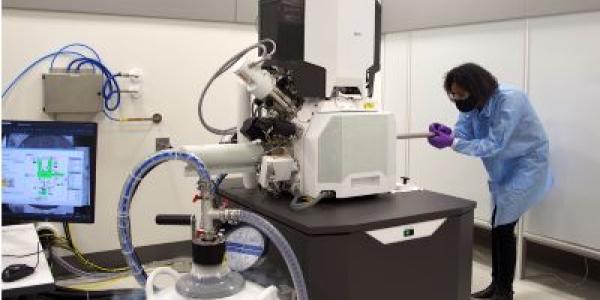
Affiliated CryoEM and CryoET Research Groups
Chen Lab
Research in the Chen lab focuses on developing computational methods that process CryoEM and CryoET data to reveal the 3D structure and dynamics of macromolecules. We design and adapt machine-learning-based algorithms for a wide range of CryoEM/ET applications, such as resolving protein structural variability for single particle analysis, building molecular models from CryoEM density maps, as well as identifying proteins inside cells and solving their structures from CryoET data. Through collaboration with multiple groups across the US, we also study various biological processes, including virus assembly and infection, the structure and mechanism of membrane channels, and the photosynthesis process in algae.
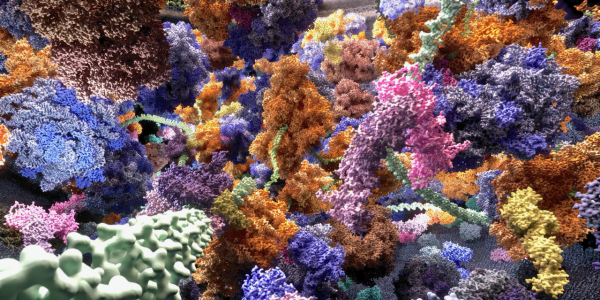
Chiu Lab
Research in the Chiu lab includes methodology improvements in single particle cryoEM for atomic resolution structure determination of molecules and molecular machines, as well as in cryoET of cells and organelles towards subnanometer resolutions.
We collaborate with many researchers in and outside of the Stanford community on understanding biological processes such as protein folding, ion transports, RNA folds, virus assembly and disassembly, pathogen-host interactions, and neurodegenerations.
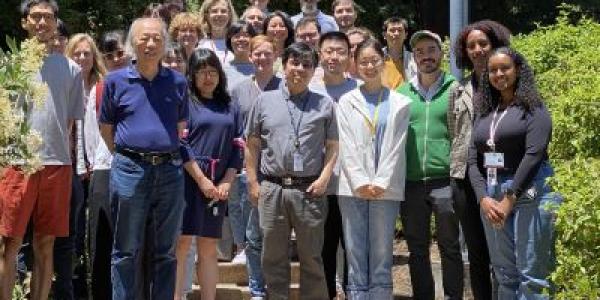
Dahlberg Lab
The Dahlberg lab focuses on methodological development in the area of correlative light and electron microscopy. Separately, electron tomography and fluorescence microscopy have emerged as powerful methods for observing subcellular organization and biomolecular function in situ. However, each approach has strengths and weakness that are often complementary. Combining the two into one correlative approach keeps the best of both techniques while mitigating the weaknesses.
Check out the website to learn more about the research and the lab members at the forefront of this exciting space.
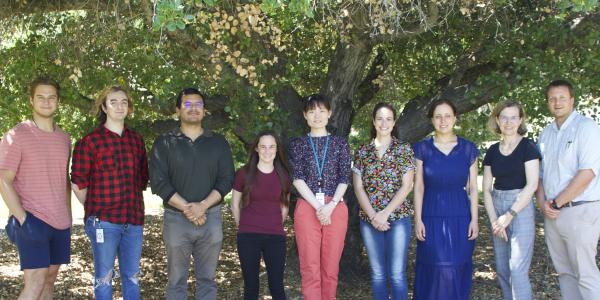
Oliver Lab
To reveal molecular mechanisms that underpin virus replication and pathogenesis, the Oliver lab employs innovative research strategies by combining sophisticated bioimaging modalities, including cryogenic electron microscopy approaches, with multi-omic technologies and functional assays. We scrutinize how viruses like herpes manipulate host cells, utilizing structural biology to capture viral machinery in detail and combine it with multi-omics to decode host-pathogen interactions. Our state-of-the-art approaches are designed to reveal unconceived therapeutic targets by advancing knowledge of viral strategies to subvert host molecular controls of replication to inform antiviral development.
